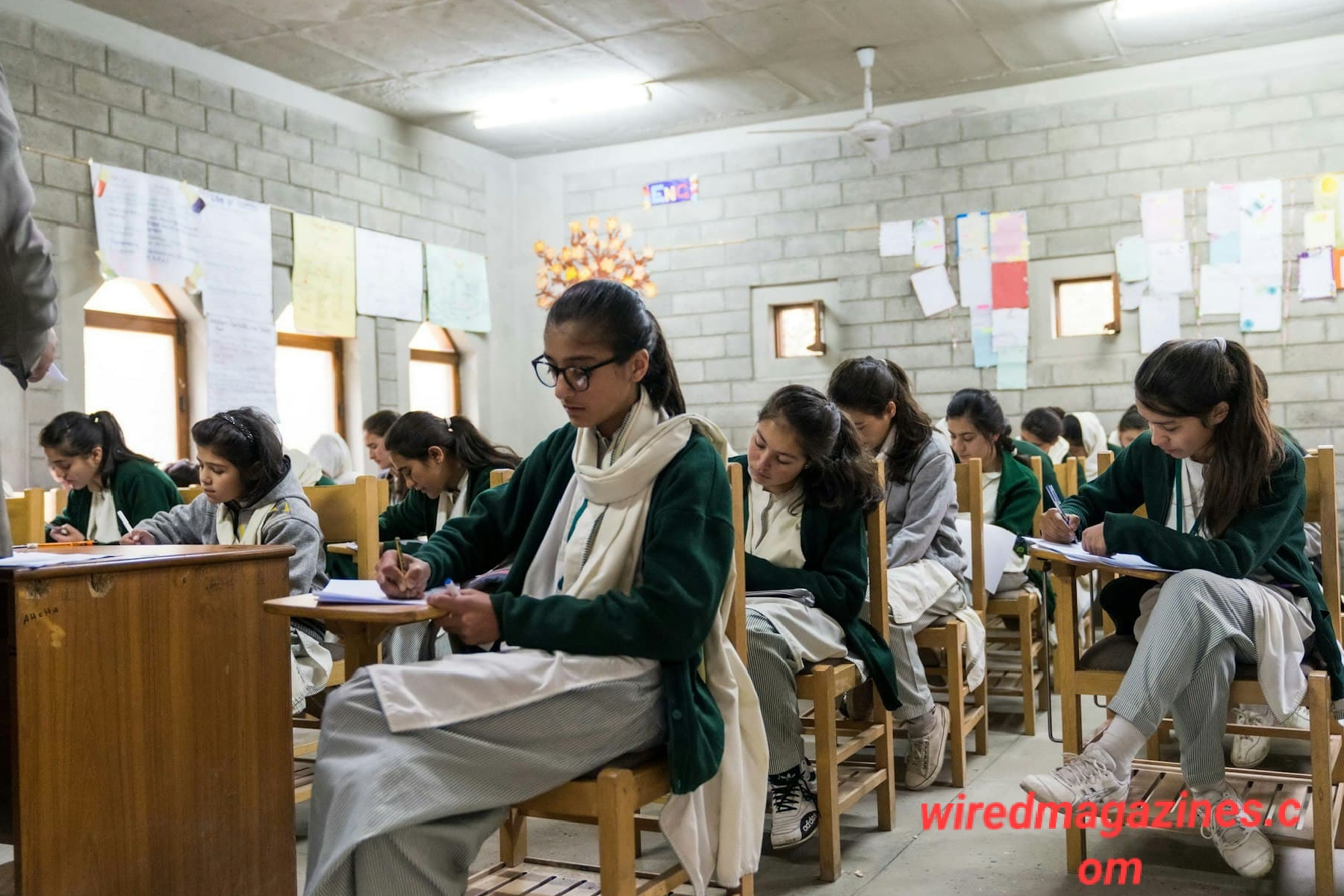Revolutionizing Learning: The Power of Education MR
The educational landscape is rapidly evolving, and education MR is leading the charge. Mixed Reality (MR) combines the physical and digital worlds to create an immersive learning environment. It bridges the gap between theory and application, empowering both students and educators with interactive tools that bring concepts to life.
What Is Education MR?
Understanding Mixed Reality in Education
Education MR refers to the use of mixed reality technologies—blending Augmented Reality (AR) and Virtual Reality (VR)—to enhance the learning experience. Unlike traditional learning methods, MR allows students to interact with virtual objects in real-time while remaining grounded in their physical environment.
Difference Between VR, AR, and MR
- Virtual Reality (VR) immerses users in a fully digital environment.
- Augmented Reality (AR) overlays digital information onto the real world.
- Mixed Reality (MR) merges both, allowing interaction between physical and virtual components.
This unique blend makes education MR especially effective for complex and technical subjects.
Benefits of Education MR in Modern Classrooms
Boosting Student Engagement
Interactive lessons capture students’ attention more effectively than textbooks or slides. With education MR, learners can manipulate 3D models, participate in virtual labs, or explore historical events as if they were there.
Improving Knowledge Retention
Studies show that hands-on learning enhances memory. MR provides active learning experiences, which help students understand and remember difficult concepts longer.
Creating Real-World Simulations
MR recreates real-life environments such as science labs or emergency scenarios. These simulations are crucial for professional training in fields like medicine or engineering, allowing safe, repeatable practice.
Use Cases of Education MR
Medical Training and Anatomy Learning
Students can explore human anatomy using holographic models, improving spatial understanding and surgical skills without needing a cadaver.
STEM Subject Enhancements
MR simplifies abstract STEM topics. Complex equations, molecules, and physics experiments become more digestible through 3D visualization.
Virtual Field Trips and Geography Lessons
With MR, students travel the world without leaving the classroom—visiting volcanoes, ancient ruins, or ecosystems virtually. This fosters curiosity and a global perspective.
Technology Behind Education MR
Hardware and Software Requirements
To implement education MR, schools require devices like Microsoft HoloLens or Magic Leap, alongside software platforms such as ClassVR or zSpace.
Integration with LMS and Classroom Tools
MR can be seamlessly integrated with existing Learning Management Systems (LMS), allowing teachers to track progress and assign MR-based tasks.
Challenges in Implementing Education MR
Cost and Accessibility Barriers
Despite its advantages, MR technology remains costly. Budget constraints and the need for robust infrastructure can limit adoption in underfunded schools.
Teacher Training and Adaptation
Effective use of MR demands technical proficiency. Educators must be trained to integrate MR into their teaching strategies without compromising learning goals.
Future Outlook for Education MR
Trends in EdTech and MR Integration
The EdTech industry is rapidly embracing MR. As technology becomes more affordable, MR will likely become standard in digital classrooms worldwide.
Role in Remote and Hybrid Learning
With the rise of distance education, education MR offers an engaging alternative to traditional online learning. It ensures interactivity and hands-on experience, even remotely.
Frequently Asked Questions (FAQs)
1. What is Education MR used for?
Education MR is used to create immersive, interactive learning environments that enhance engagement and retention across subjects.
2. Is MR the same as VR or AR?
No. MR blends both AR and VR, allowing real-time interaction between digital and physical worlds.
3. What subjects benefit most from Education MR?
STEM, medicine, geography, and history are especially enriched through MR applications.
4. Do students need special equipment to use Education MR?
Yes, MR requires headsets or smart glasses, and compatible software platforms.
5. Is Education MR suitable for all age groups?
Absolutely. Content can be tailored for different age levels, from elementary to university.
6. How can schools afford MR technology?
Grants, partnerships, and pilot programs can help schools implement MR within budget constraints.
Conclusion: Embracing the Future of Learning
Education MR is more than a trend—it’s a transformation. By making learning interactive and experiential, it prepares students for the real world like never before. Despite challenges, the potential is immense. Schools, educators, and policymakers must work together to harness this powerful tool, ensuring equitable access and meaningful implementation. The future of education is mixed—and it’s already here

Leave a Reply